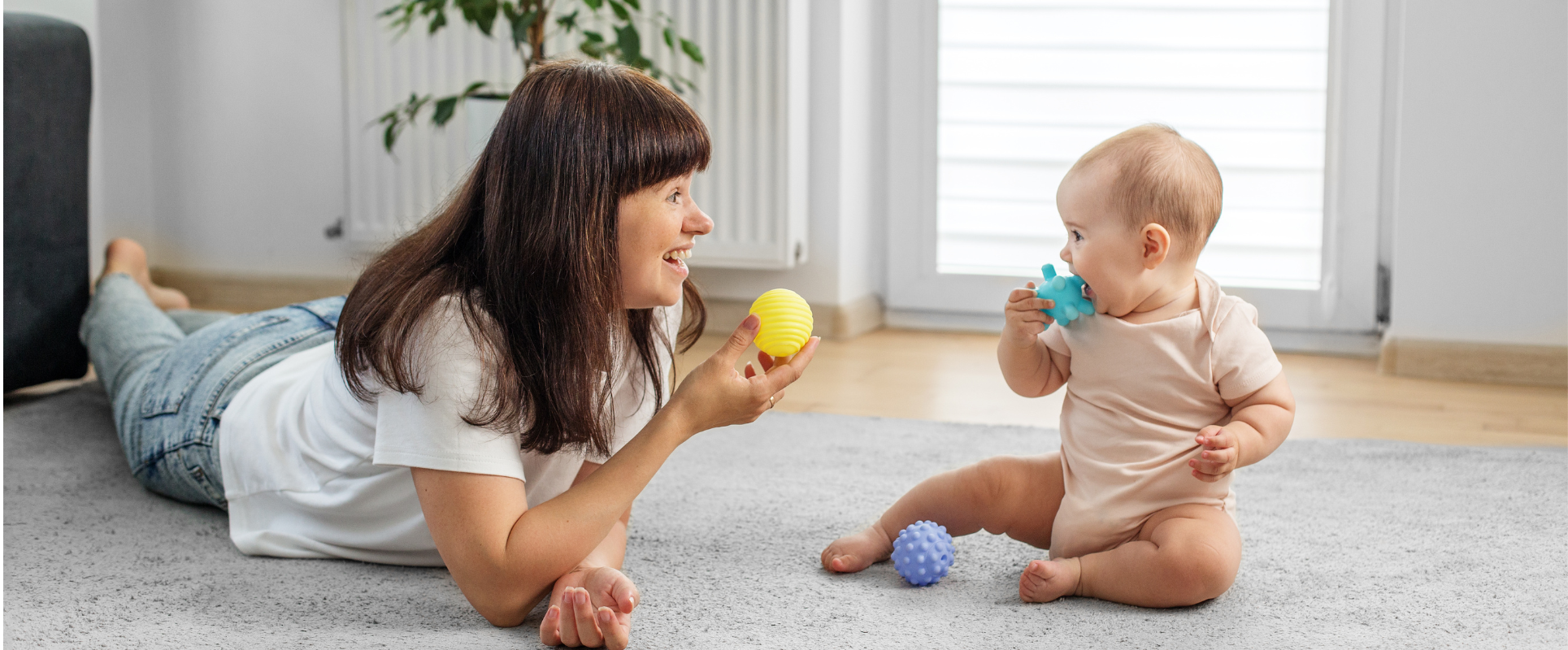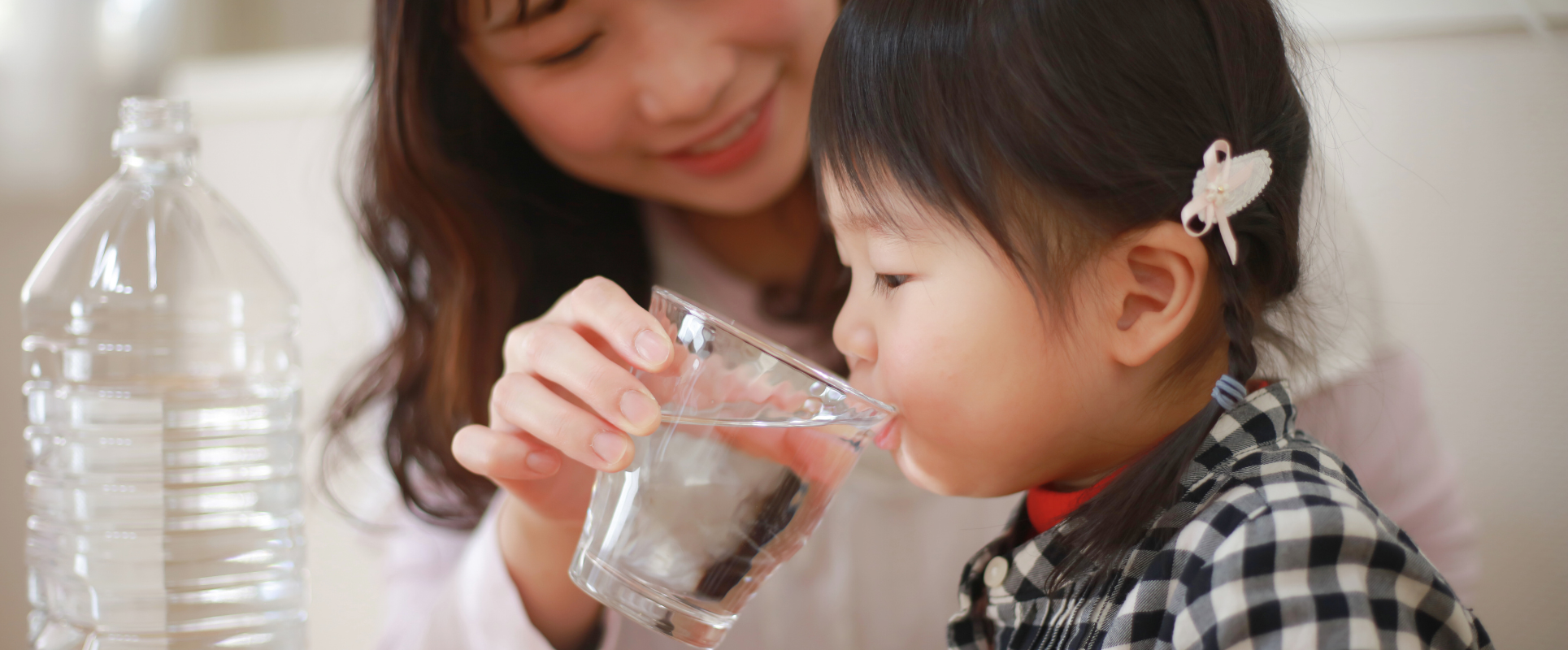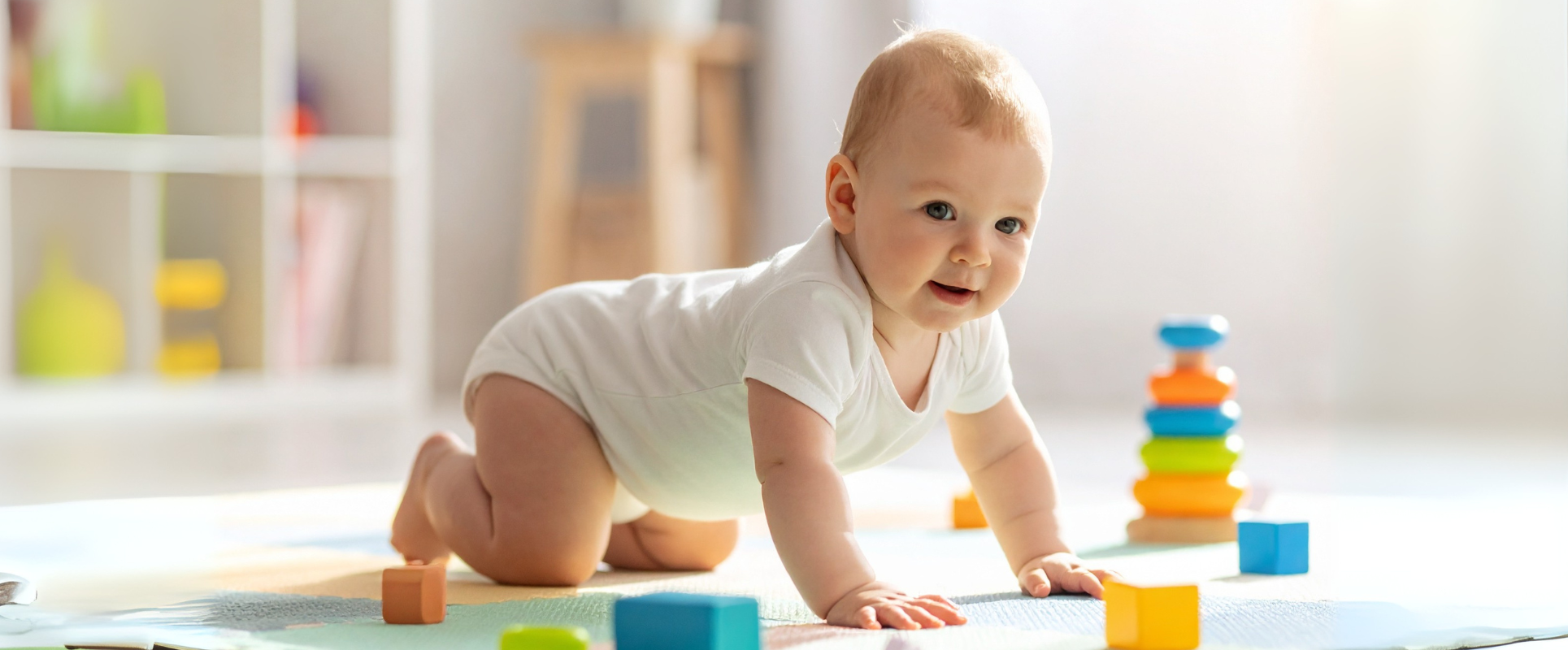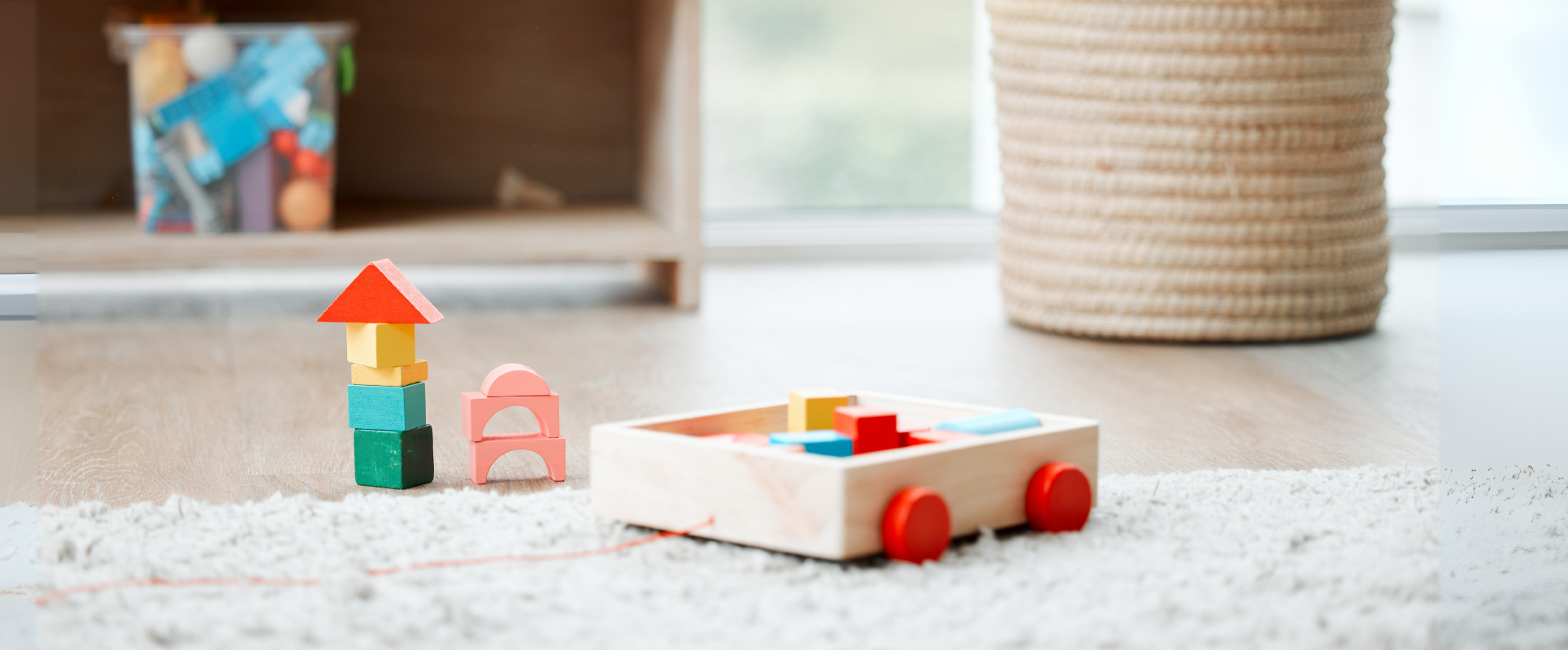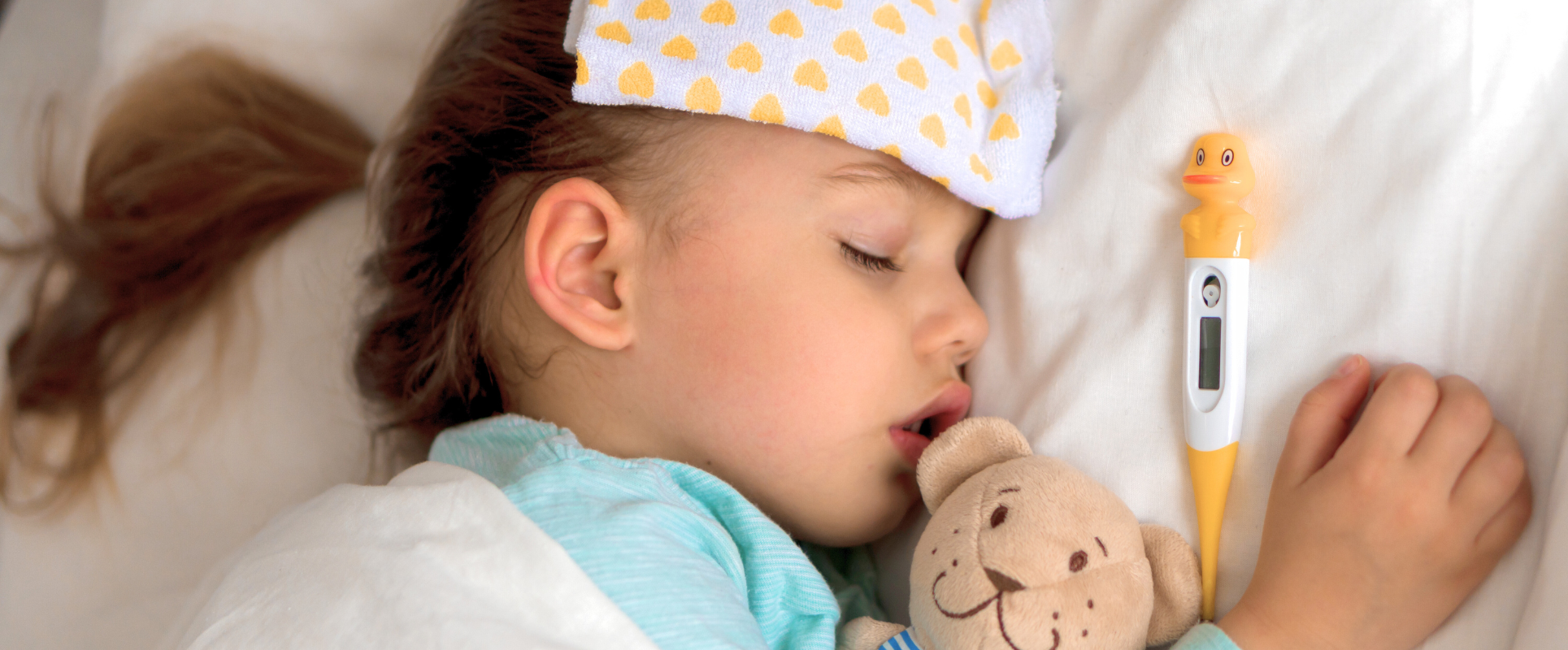
What to Do When Your Child Has a High Fever with No Clear Cause?
Fever in children is common, but when it’s high and without an obvious reason, it can be deeply worrying. As a parent or caregiver, knowing what steps to take can ensure your child stays safe and comfortable and that you don’t panic unnecessarily.
In this article, we’ll explore:
-
What qualifies as a high fever in children
-
Potential hidden causes
-
When to call the doctor
-
How to manage symptoms at home
-
Red flags to watch for
What Is Considered a High Fever in Children?
-
Infants (under 3 months): Fever ≥ 38°C (100.4°F) is considered high and needs immediate medical attention.
-
Children (3 months to 3 years): Fever ≥ 39°C (102.2°F)
-
Children (above 3 years): Fever ≥ 39.4°C (103°F)
Fever itself is not a disease—it’s the body’s response to infection or inflammation. But the higher the fever and the longer it lasts, the more you should monitor your child closely.
Common Hidden Causes of High Fever in Children
When there’s no obvious cough, runny nose, rash or vomiting, possible hidden causes include:
1. Urinary Tract Infection (UTI)
Especially in toddlers, UTIs may only present with a fever.
2. Ear Infection
Middle ear infections can cause high fever without ear pain or drainage.
3. Roseola (Sixth Disease)
Common in children 6 months to 2 years. High fever appears before a rash develops.
4. COVID-19 or Influenza
Both viruses can sometimes present with fever only in the early stage.
5. Kawasaki Disease or MIS-C
Rare but serious illnesses involving persistent fever, inflammation, and potential heart issues.
When to Call the Doctor Immediately
Contact your pediatrician or visit an emergency room if your child has:
-
Fever ≥ 38°C (100.4°F) and is under 3 months old
-
Fever lasting more than 3 days without symptoms
-
Fever with lethargy, confusion or irritability
-
Seizures, stiff neck or trouble breathing
-
Rash that doesn’t fade when pressed
-
Signs of dehydration (dry lips, no tears, few wet diapers)
-
Blue lips or nails or difficulty waking
What You Can Do at Home
If your child is otherwise active, drinking fluids, and responsive—here are ways to manage the fever:
1. Monitor Temperature Regularly
Use a digital thermometer. Record times and temperatures.
2. Keep Your Child Hydrated
Fever causes fluid loss. Offer:
-
Water
-
Breast milk/formula (if under 1 year)
-
Oral rehydration solutions (e.g., Pedialyte)
3. Dress Lightly
Avoid overdressing. Use breathable clothing and lightweight blankets.
4. Use Fever-Reducing Medications
-
Acetaminophen (Paracetamol): Safe for babies 2+ months
-
Ibuprofen: For babies 6+ months (if well hydrated)
Avoid aspirin due to risk of Reye’s syndrome.
5. Lukewarm Sponging
If your child is uncomfortable or the fever is very high, sponge with lukewarm (not cold) water.
What Not to Do
-
Do not use alcohol rubs or ice baths
-
Do not give multiple fever meds at the same time unless advised
-
Do not panic—fever is usually the body’s natural defense
How Long Is Too Long?
If the fever:
-
Persists over 3 days
-
Returns repeatedly over several days
-
Doesn’t respond to medication. It’s time for a thorough medical evaluation.
Final Tips for Parents
-
Keep a fever diary
-
Trust your instincts—you know your child best
-
Don’t hesitate to seek a second opinion if you’re unsure

